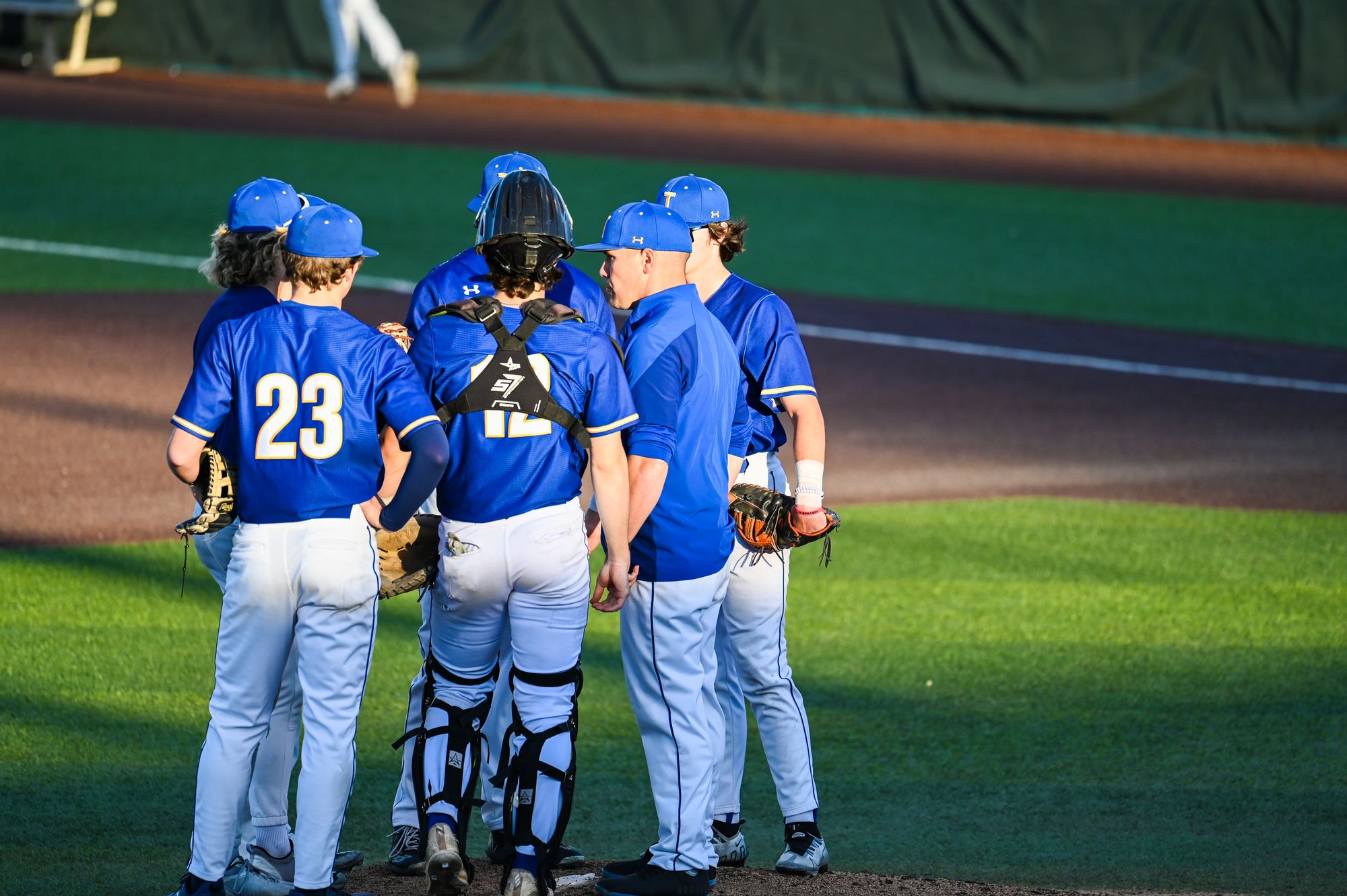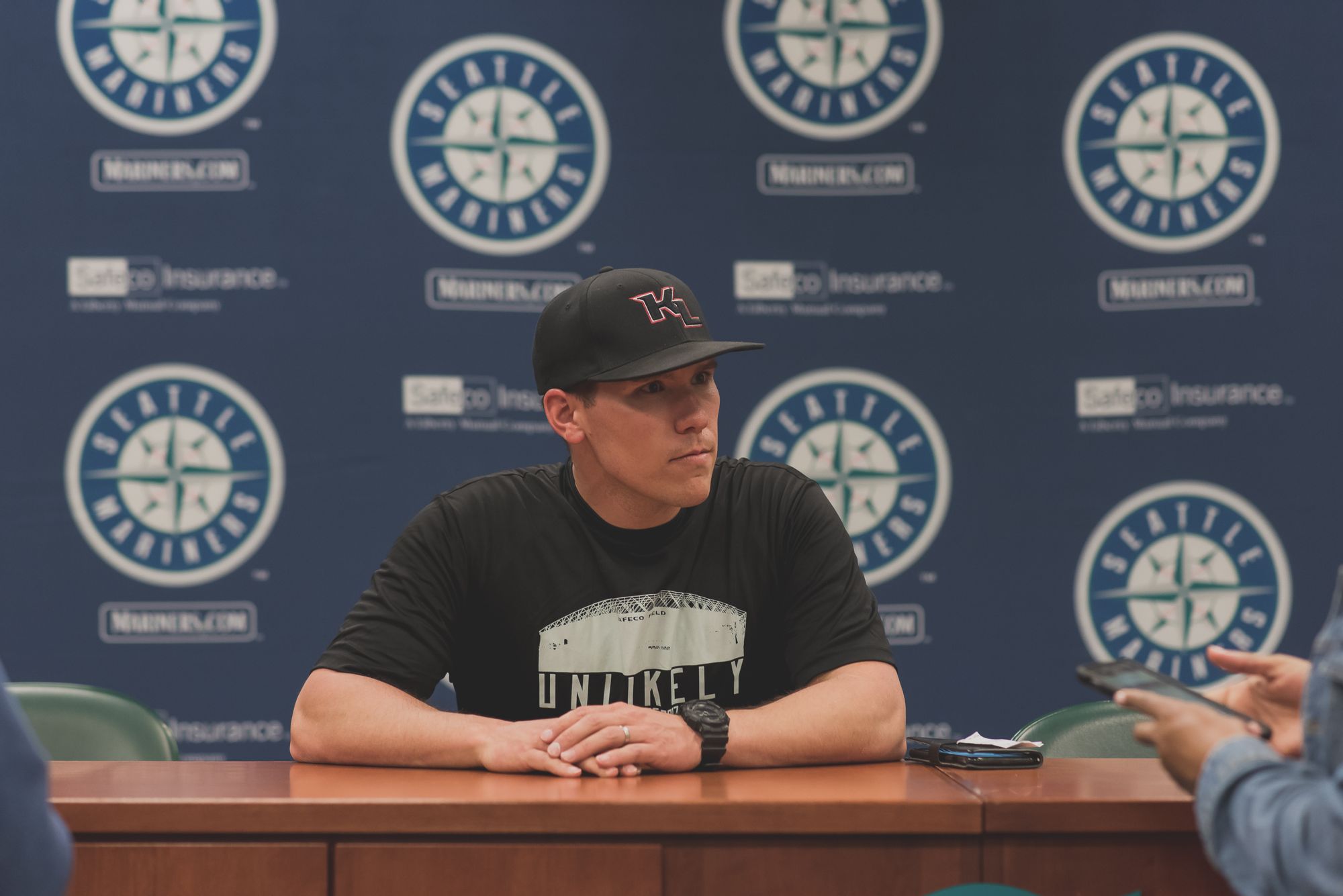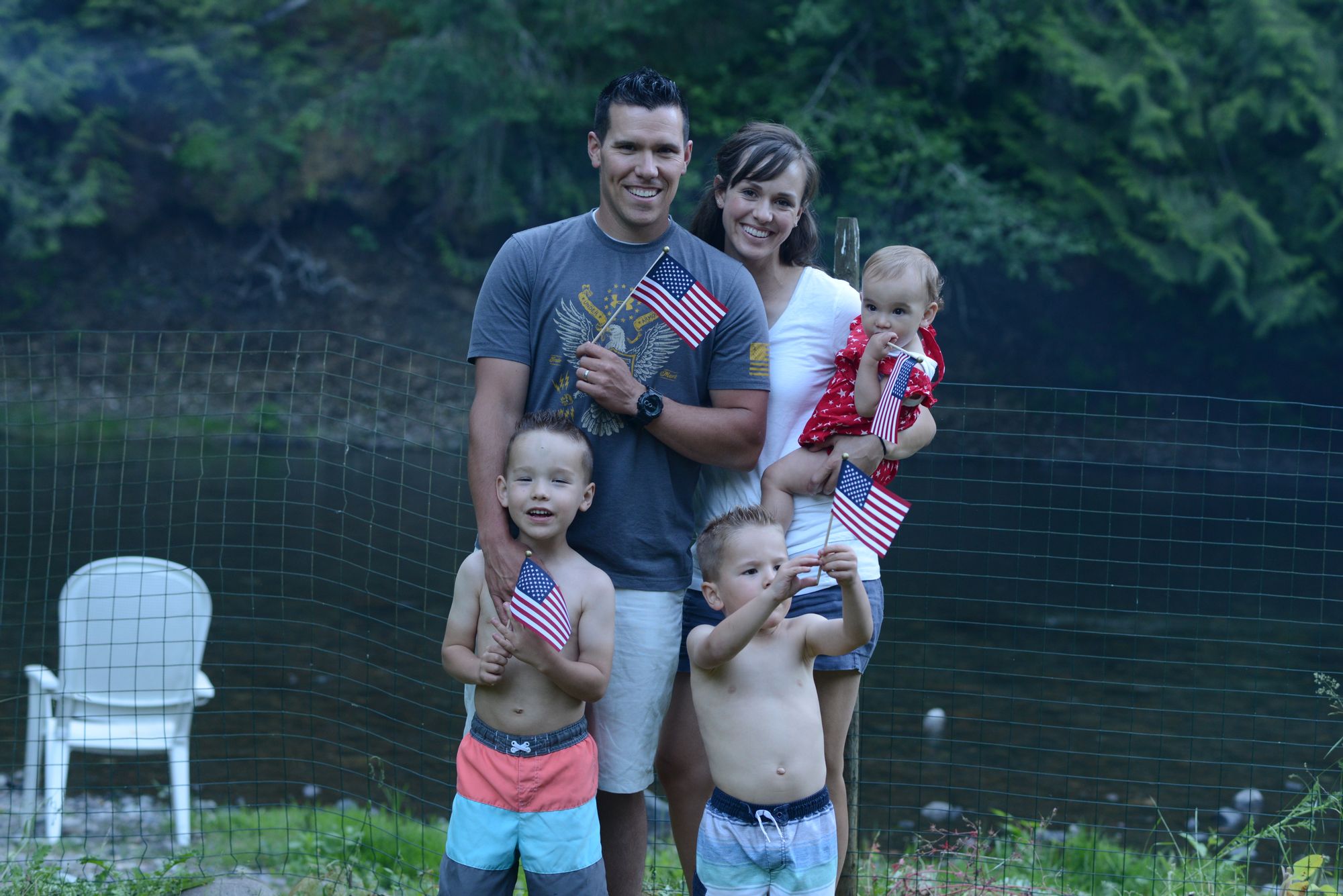
- WORK HARD. STAY HUMBLE. -
JAIME BASEBALL ACADEMY
Located in Kent, WA, we're dedicated to shaping the next generation of baseball stars
through expert coaching and a commitment to excellence.
- ABOUT US -
OUR MISSION
Our mission statement at the Jaime Baseball Academy is to "Help lead athletes to tirelessly pursue being the best they can can be through an environment that is learner centered."
Athletics is a wonderful opportunity for self-improvement, opportunities to share life with others and engage in the beautiful grind of life. At the Jaime Baseball Academy it is our hope to help our athletes develop a mind that is "Obsessed with improvement." A mindset that makes no excuses & takes ownership for success and failure, is passionate for the process of improvement, has a gritty belief that they are never out of the fight, plays with freedom and energy and all this grounded in humility.
Having been blessed to coach baseball the past 20 years I grow daily in my belief that young people are capable of great things if they develop a mind and desire that truly loves the grind. We don't make promises of scholarships, velocity gains or launching homeruns. But, we do promise that we will value each athlete, that we will look to help them find their inner drive and discipline, and that we will never tire of helping them on their journey to find out just what they are capable of becoming.

- WHY CHOOSE US? -
TRAINING PROGRAMS DESIGNED FOR LONG-TERM GROWTH
The key to being a great baseball player is taking ownership and loving the process of being obsessed with improvement.
We aim to create a training vacuum that funnels athletes into falling in love with those foundational principles
while equipping with them the knowledge of how to reach their goals.
- OUR SERVICES -
TRAINING PROGRAMS

- IMPROVE YOUR GAME -
THREE EASY STEPS TO JOIN
Sign Up
Submit your info here and one of our expert coaches will reach out to see what you're looking to accomplish.
Free Intro Hitting Program
Receive a complimentary introductory hitting program to get a feel for our training.
Choose Membership
Choose the training option that best fits you or your athlete's needs and take your game to the next level!
- MEET THE FOUNDER -
BRETT JAIME
I'm a Southern California native who found my home in Kent, WA at a young age. My journey in baseball started with the Kent Cubs, a powerhouse in select baseball during the '90s thanks to my dad's hitting genius. As a standout catcher, I earned 1st Team All-League honors at Kentlake High School before heading to The Master's University. Despite health challenges cutting my playing career short, coaching became my passion.

100+
Pro/College Athletes Trained
20+
Years of Experience
1000+
Athletes Trained
Since earning my Master's in Teaching, I've coached select baseball from 10u to 18u levels, achieving a State Championship in 2010 and mentoring players into college and professional careers. Coaching highlights include leading teams to playoffs and championships, notably at Kentlake High School, where we secured a Division title and reached the State Championship game in 4A. In 2017, I was honored as NPSL Coach of the Year and Washington State Coach of the Year.
Beyond baseball, I cherish family time with my wife Laura and our four amazing kids: Bryce (12), Jaxson (10), Reagan (8), and June (2).

- SIGN UP TO TRAIN -
FREE INTRODUCTION
HITTING PROGRAM
Parent / Guardian
Athlete

